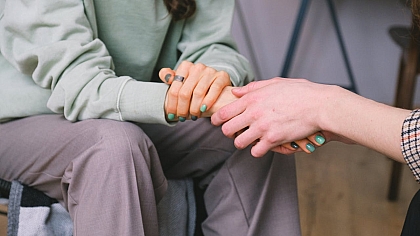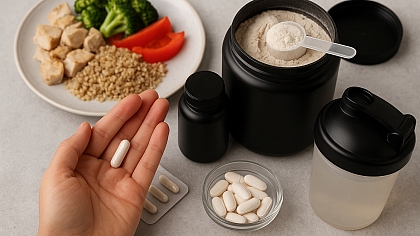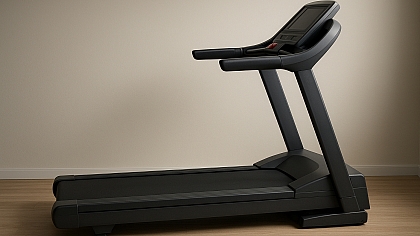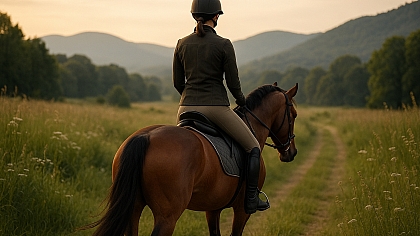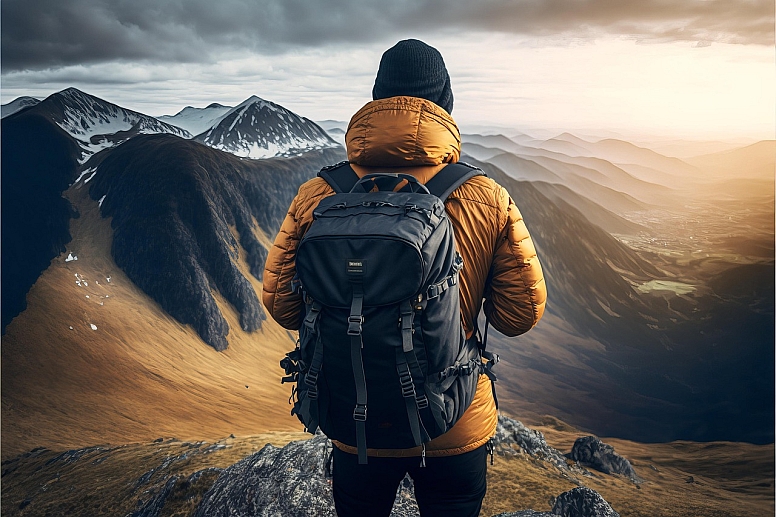
Hiking for Fitness: How to Train for Long-Distance Treks
Hiking isn’t just a leisurely walk in the woods—it’s a full-body endurance challenge that demands strength, stamina, and smart preparation. Whether you’re tackling a 10-mile day hike or a multi-day thru-hike, proper training ensures you enjoy the journey instead of struggling through it.
Here’s your science-backed training plan to build hiking fitness, prevent injuries, and conquer any trail.
Why Hiking Fitness is Different
Hiking engages:
✔ Leg endurance (quads, glutes, calves)
✔ Core stability (for balance on uneven terrain)
✔ Grip strength (trekking poles, scrambling)
✔ Cardiovascular stamina (especially at altitude)
Key difference from running/cycling: Hiking involves eccentric loading (downhill = muscle damage) and variable pacing.
The 8-Week Training Plan
Phase 1: Base Conditioning (Weeks 1-3)
Focus: Build endurance + strengthen stabilisers
| Workout | Details |
|---|---|
| 3x Weekly: Incline Treadmill | 30 - 45min, 8-12% grade, 20lb pack |
| 2x Weekly: Step-Ups | 4x15 per leg (wear pack) |
| 1x Weekly: Trail Hike | 5-8 miles, minimal elevation |
Pro Tip: Practice downhill walking—it’s where most muscle soreness happens.
Phase 2: Strength & Elevation (Weeks 4-6)
Focus: Power for climbs + injury resilience
| Workout | Details |
|---|---|
| 2x Weekly: Weighted Step-Ups | 3x10/leg (50% bodyweight) |
| 2x Weekly: Calf Raises | 5x20 (eccentric focus) |
| 1x Weekly: Long Hike | 8-12 miles, 1,500 ft+ elevation |
Game Changer: Add paused squats (3sec at bottom) to prep for technical terrain.
Phase 3: Race Prep (Weeks 7-8)
Focus: Simulate hike day conditions
| Workout | Details |
|---|---|
| Back-to-Back Hikes | Sat: 10 miles, Sun: 8 miles (full pack) |
| Stair Sprints | 10x30sec (mimics steep climbs) |
| Grip Work | Farmer’s carries (50lb, 3x1min) |
Critical: Test all gear (shoes, pack, layers) during these sessions.
Essential Strength Exercises
1. Downhill Lunges
- Why? Prevents quad burnout on descents
- How: 4x12/leg, slow eccentric (3sec down)
2. Single-Leg Romanian Deadlifts
- Why? Strengthens hamstrings for load carriage
- How: 3x10/leg (hold 20lb kettlebell)
3. Side Plank with Leg Lift
- Why? Builds hip stability for uneven terrain
- How: 3x30sec/side
4. Pack-Loaded Step-Ups
- Why? Mimics mountain ascents
- How: 4x15/leg (wear your trekking pack)
Cardio: Beyond Just Walking
Optimal Weekly Mix:
- Zone 2 (60-70% max HR): 3 - 4hrs (builds aerobic base)
- Zone 4 (80-90% max HR): 20min intervals (hill repeats)
- Altitude Simulation (if applicable): Treadmill at 8-15% incline
Pro Tip: Stairmaster with a weighted vest (15-20lb) is the best gym alternative.
Nutrition & Hydration Strategies
On Training Hikes:
- Carbs: 30-60g/hour (dates, gels, crackers)
- Electrolytes: 500mg sodium/hour (more if sweating heavily)
- Water: 16-32oz/hour (adjust for heat)
Recovery Meals:
- Within 30min: 20-30g protein + 0.5g carbs/lb bodyweight
- Example: Chocolate milk + banana + a handful of nuts
Injury Prevention Checklist
✅ Ankle Mobility: Calf stretches + alphabet toe draws
✅ Knee Stability: Banded lateral walks (3x20 steps)
✅ Foot Care: Toe spacers + barefoot walking (prevent blisters)
✅ Trekking Poles: Reduce 25% knee impact on descents
Red Flag: Persistent downhill knee pain = strengthen VMOs (terminal knee extensions).

FAQs
Q: How heavy should my training pack be?
A: Start with 10-15lb, progress to 20-30lb (match your trek weight).
Q: Can I train on a treadmill?
A: Yes—use 10 %+ incline, but replace 50% of sessions with real trails.
Q: How do I prepare for altitude?
A: If possible, sleep at elevation 1-2 nights pre-hike. Otherwise, hypoxic mask training helps.
Q: Should I carb-load before big hikes?
A: Only for 20+ mile days. For shorter hikes, just eat normally + fuel during.
Train Like You Hike
Your last 2-3 training hikes should:
- Match your planned distance/elevation
- Use the exact gear/food you’ll take
- Be in similar weather conditions
The Biomechanics of Efficient Hiking: Movement Patterns That Save Energy
Advanced hikers conserve 30% more energy through optimised biomechanics:
- Step cadence: 130-140 steps/minute minimises muscle fatigue
- Arm swing: 15° forward / 5° backwards reduces upper body tension
- Foot strike: Midfoot landing (not heel) prevents shin splints on descents
Drill to Practice: Walk with trekking poles while counting steps – adjust until you hit the golden cadence range.
Altitude Adaptation: Science-Backed Prep for High Elevation
For hikes above 8,000ft, use this pre-acclimatisation protocol:
- Night 1-3: Sleep with elevation mask set to 6,000ft simulation
- Day 4-7: Add 20min daily breathwork (4-7-8 pattern)
- Final Week: Take Rhodiola rosea (shown to boost oxygen utilisation)
Critical Window: The 48 hours before ascent – hydrate aggressively (3l/day) and avoid alcohol.
Is Aggressive Hydration Safe for Hikers? The Science of Smart Water Intake
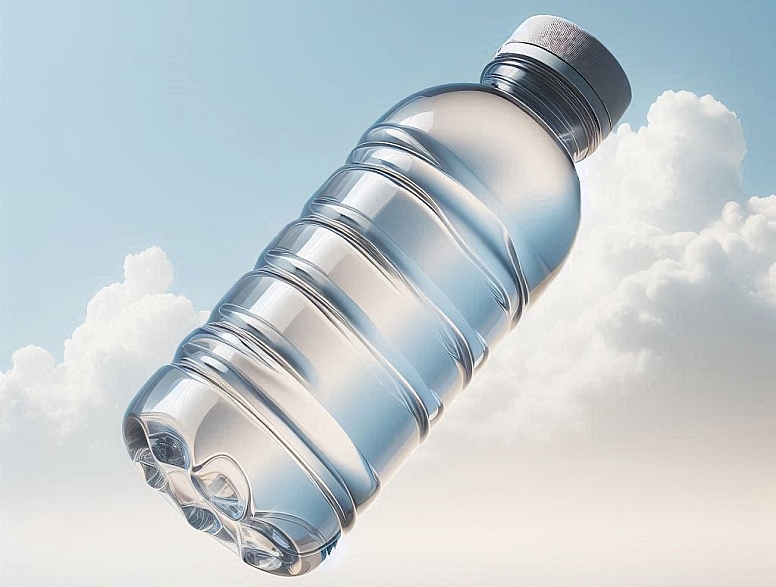
Hydration is critical for performance and safety, but drinking too much water (hyponatremia) can be as dangerous as dehydration. Here’s how to hydrate effectively without overdoing it:
The Risks of Overhydration (Hyponatremia)
What Happens:
- Excess water dilutes blood sodium levels (<135 mmol/L)
- Causes cells to swell → headaches, nausea, seizures, or even death in extreme cases
- Most common in slow hikers drinking > 1l/hour without electrolytes
Warning Signs:
- Clear, excessive urine (with frequent bathroom stops)
- Swollen hands/feet
- A headache that worsens with more water
High-Risk Situations:
- Altitude hiking (increases urine output)
- Cool weather (less obvious sweating)
- Long durations (>6 hours)
Science-Backed Hydration Guidelines
1. The Sweat Rate Test (Personalise Your Intake)
How to Calculate:
- Weigh yourself nude before a 1-hour hike (no water)
- Weigh again after (1lb lost = ~16oz sweat)
- Replenish 60-80% of losses during activity
Example: If you lose 2 lbs in 2 hours, drink 20-25oz/hour (not 32oz!).
2. Electrolyte Balance (More Than Just Water)
Per Hour of Hiking:
- Sodium: 500-700mg (1/4 tsp salt or electrolyte tab)
- Potassium: 200-300mg (banana, coconut water)
- Magnesium: 50-100mg (nuts, leafy greens)
Best Options:
- Sports drinks (check labels—many are low-sodium)
- Electrolyte tablets (Nuun, LMNT)
- Salty snacks (pretzels, pickles, olives)
3. Urine Colour Chart (Real-Time Check)
- Pale yellow = Ideal
- Clear = Overhydrated (cut back)
- Dark yellow = Dehydrated (drink + electrolytes)
When "Aggressive Hydration" Makes Sense
Only in these scenarios:
- Pre-hydration: Drink 16-20oz 2 hours before hiking (gives time to pee excess)
- Extreme heat (>90°F): 8-12oz every 20min with electrolytes
- Altitude (>8,000ft): 1.5x normal intake (dry air increases losses)
Never force water beyond thirst unless medically advised.
Special Cases: Who Needs Extra Caution?
- Slow-paced hikers (<2mph risk overdrinking)
- Low-salt diets (vegan/whole-food eaters)
- Medical conditions (kidney issues, diabetes, heart disease)
Pro Tip: Weigh yourself morning vs. evening on training hikes—stable weight means proper hydration.
FAQs
Q: How much is too much water?
A: >32oz/hour without electrolytes is risky. Stick to 4-8oz every 20min and match sweat loss.
Q: Are hydration packs dangerous?
A: Only if you sip constantly without electrolytes. Add salt tabs to the reservoir.
Q: Can you hydrate the day before?
A: Yes! Drink 0.5-1oz per pound of body weight the day prior (e.g., 80oz for a 160lb hiker).
Q: What’s the best recovery drink post-hike?
A: Chocolate milk (carbs + protein + sodium) or pickle juice (fast sodium boost).
Smart Hydration Rules
- Drink to thirst (after pre-hydrating)
- Add electrolytes hourly (500mg sodium minimum)
- Monitor urine (aim for light lemonade colour)
- Weigh pre/post (lose ≤2% body weight max)
Final Tip: Carry salty snacks (jerky, nuts) and sip electrolyte-enhanced water, not plain water, on long treks.
Want to Know More? Read Trail Nutrition: What to Eat for 20-Mile Days next.
The Footwear Paradox: Why Strong Feet Matter More Than Fancy Boots
Modern research shows:
- Barefoot training 2x/week increases intrinsic foot strength by 40%
- Toe splay exercises prevent neuroma pain during long descents
- Optimal shoe stiffness depends on pack weight:
- <20lb: Flexible trail runners
- 20-40lb: Moderate hiking shoes
- 40 lb+: Rigid mountaineering boots
Try This: Walk on cobblestones or uneven ground 10 minutes daily to build proprioception.
Weather-Proofing Your Training
Don't let conditions derail your hike:
- Heat Adaptation: 3 sauna sessions/week (20min at 160°F) boosts plasma volume
- Cold Prep: Hand/face ice immersion builds brown fat activation
- Rain Simulation: Train with wet socks/shoes to prevent maceration
Pro Tip: The Norwegian hiking military trains with 35lb packs in -20°F to +90°F for ultimate resilience.
Nutrition Timing for Multi-Day Treks
New gut microbiome research reveals:
- Day 1-2: Emphasise carbs (60% of calories) for quick energy
- Day 3+: Shift to fats (45% of calories) to spare glycogen
- Critical: 3g sodium/day prevents hyponatremia in sustained effort
Supplement Stack:
- Electrolyte tabs (every 2L water)
- Ginger capsules (prevent altitude nausea)
- Hydrolysed collagen (protects joints)
The Psychology of Suffering: Mental Training for Tough Miles
Elite thru-hikers use these techniques:
- Chunking: Break distance into 30-minute segments
- Positive Self-Talk: Replace "I can't" with "I choose to"
- Sensory Focus: Alternate between listening to footsteps and bird sounds
Study: Hikers using mindfulness techniques reported 28% lower perceived exertion (Wilderness Medicine Journal).
Gear Stress Testing: The 24-Hour Simulation
Before your big hike:
- Morning: 8 miles with full pack
- Afternoon: Set up camp in the backyard
- Night: Sleep in your tent/bag system
- Dawn: Hike another 5 miles before breakfast
Reveals: Chafing points, sleep system flaws, and morning stiffness patterns.
Final Challenge:
This weekend, attempt a "dress rehearsal" hike at 70% target distance with:
- All gear is packed as you'll carry it
- The exact food you plan to eat
- Same start time as planned
The difference between finishing strong and struggling comes down to these details.
Next Steps: Pick a local trail, load your pack, and test Phase 1 this weekend!
Want More?
Read Best Footwear for Blister-Free Hiking next to perfect your gear setup.
